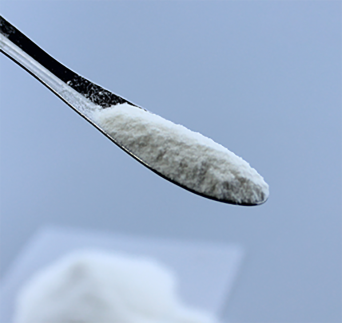
Dec . 14, 2024 17:39 Back to list
Exploring the Applications and Benefits of Hydroxypropyl Methylcellulose in Various Industries
The Use of Hydroxypropyl Methylcellulose A Versatile Compound in Modern Industries
Hydroxypropyl methylcellulose (HPMC) is a widely used compound characterized by its non-ionic, water-soluble properties, making it invaluable across various sectors, particularly in pharmaceuticals, food, and construction. This synthetic polymer is derived from cellulose, the most abundant organic polymer on Earth, and its versatility is a result of the specific chemical modifications it undergoes. By incorporating hydroxypropyl and methyl groups, HPMC gains enhanced solubility in both cold and hot water, setting it apart from other cellulose derivatives.
Pharmaceutical Applications
In the pharmaceutical industry, HPMC is best known as a film-forming agent and a lubricant in drug formulations. It is commonly employed in the production of controlled-release tablets, where it serves as a matrix that regulates the release of active pharmaceutical ingredients (APIs). Its ability to form gels at elevated temperatures while remaining stable at room temperature provides an ideal medium for various drug delivery systems. Moreover, due to its non-toxic nature, HPMC is widely accepted in preparing ophthalmic formulations and coatings for pills, enhancing both stability and bioavailability of the active ingredients.
HPMC's role in the pharmaceutical realm extends to its use as a thickening agent in liquid formulations, including syrups and suspensions. This property not only improves the texture and consistency of medications but also aids in the stability of the formulation, preventing the sedimentation of suspended solids. In some instances, it acts as a binder in tablet manufacturing, ensuring that the active compounds remain effectively compressed, improving overall formulation integrity.
The Use of Hydroxypropyl Methylcellulose A Versatile Compound in Modern Industries
Beyond pharmaceuticals, HPMC plays a significant role in the food industry, where it is recognized as a food additive, often labeled as E464. It is used as an emulsifier, stabilizer, and thickening agent in a variety of food products, ranging from sauces and dressings to baked goods and dairy items. Its ability to improve texture and consistency in food products is well documented, making it an essential ingredient in gluten-free products, where traditional binders may not be suitable.
use of hydroxypropyl methylcellulose

HPMC contributes to moisture retention in baked goods, enhancing shelf life and freshness. Additionally, it aids in creating a desirable mouthfeel in products such as ice cream, enabling manufacturers to deliver high-quality foods that meet consumer expectations. The low-calorie nature of HPMC makes it appealing for health-conscious consumers, further driving its adoption in functional foods and dietary supplements.
Construction and Building Materials
The construction industry has also embraced HPMC for its unique properties. In cement and mortar formulations, HPMC acts as a water-retaining agent, enhancing workability and extending open time, which allows for better bonding and increased application efficiency. Its addition helps improve the adhesion of tile adhesives and plasters to various substrates, crucial for effective construction practices. Furthermore, HPMC’s thickening properties contribute significantly to the consistency of construction materials, ensuring that they can be applied smoothly without drips or runs.
In addition to its practical applications, HPMC is increasingly being recognized for its environmentally friendly attributes. Being derived from renewable cellulose, the use of HPMC aligns with the growing demand for sustainable materials in various industries. Its biodegradable nature appeals to eco-conscious consumers and manufacturers alike, contributing to its growing popularity.
Conclusion
Hydroxypropyl methylcellulose is a multifunctional compound that showcases the critical role of cellulose derivatives in modern applications. From its pivotal role in pharmaceuticals as a controlled-release agent to its various applications in the food and construction sectors, HPMC demonstrates versatility that few other compounds can match. Its non-toxic nature and biodegradability further enhance its appeal as industries shift toward more sustainable practices. As research continues to explore new applications and formulations utilizing HPMC, it is poised to remain a staple ingredient across diverse industrial sectors, highlighting the importance of innovation in the use of natural resources.
-
Versatile Hpmc Uses in Different Industries
NewsJun.19,2025
-
Redispersible Powder's Role in Enhancing Durability of Construction Products
NewsJun.19,2025
-
Hydroxyethyl Cellulose Applications Driving Green Industrial Processes
NewsJun.19,2025
-
Exploring Different Redispersible Polymer Powder
NewsJun.19,2025
-
Choosing the Right Mortar Bonding Agent
NewsJun.19,2025
-
Applications and Significance of China Hpmc in Modern Industries
NewsJun.19,2025







